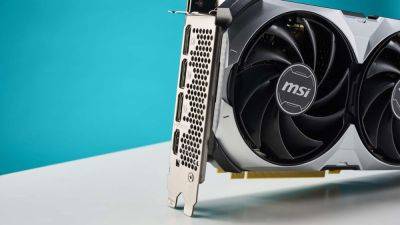Intel clarifies what BIOS settings 13th/14th Gen CPUs should be used for power and current
In response to the recent news that a microcode bug had been discovered affecting how some of its CPUs boost clock speeds, Intel has posted an update on the matter via its Community forum. While there are no fresh details about the instability issue, the post clarifies what BIOS settings should be used for the unlocked K-variants of 13th and 14th Gen Core i5, i7, and i9 processors.
All this began earlier in the year, when various reports came to light from Core i9 13900K and 14900K owners who were running into stability issues in games that used Unreal Engine. One team at Epic, the developers of UE, pointed the finger of blame directly at Intel for this, who in turn then redirected the blame at motherboard vendors using non-default power and current settings in the BIOS.
Over time, it became clear that it wasn't just Raptor Lake Core i9 chips that were struggling and it wasn't just in UE-powered games—Core i7 users were also reporting issues and developers working with software that stressed the processors were experiencing stability issues, too.
The first step in resolving the problem came in the form of an Intel Baseline Profile, an update to the motherboard BIOS that, when enabled, would force the system to use the standard power and current limits and protections. However, not every board vendor applied it in the same way and some still used Intel's 'performance' settings in the profile, rather than the 'standard' ones.
Thus, Intel has issued guidance on precisely what the motherboard BIOS should have, for the CPU to run within expected limits.
Strictly speaking, none of this is new information, as it's always been present in Intel's datasheets for its chips. However, given that they're dense, technical reads, even PC enthusiasts are unlikely to glean the exact details required from them and as such, have to rely on motherboard manufacturers to set things up correctly.
It's worth noting that the power limits of Intel's CPUs significantly impact the maximum clock







